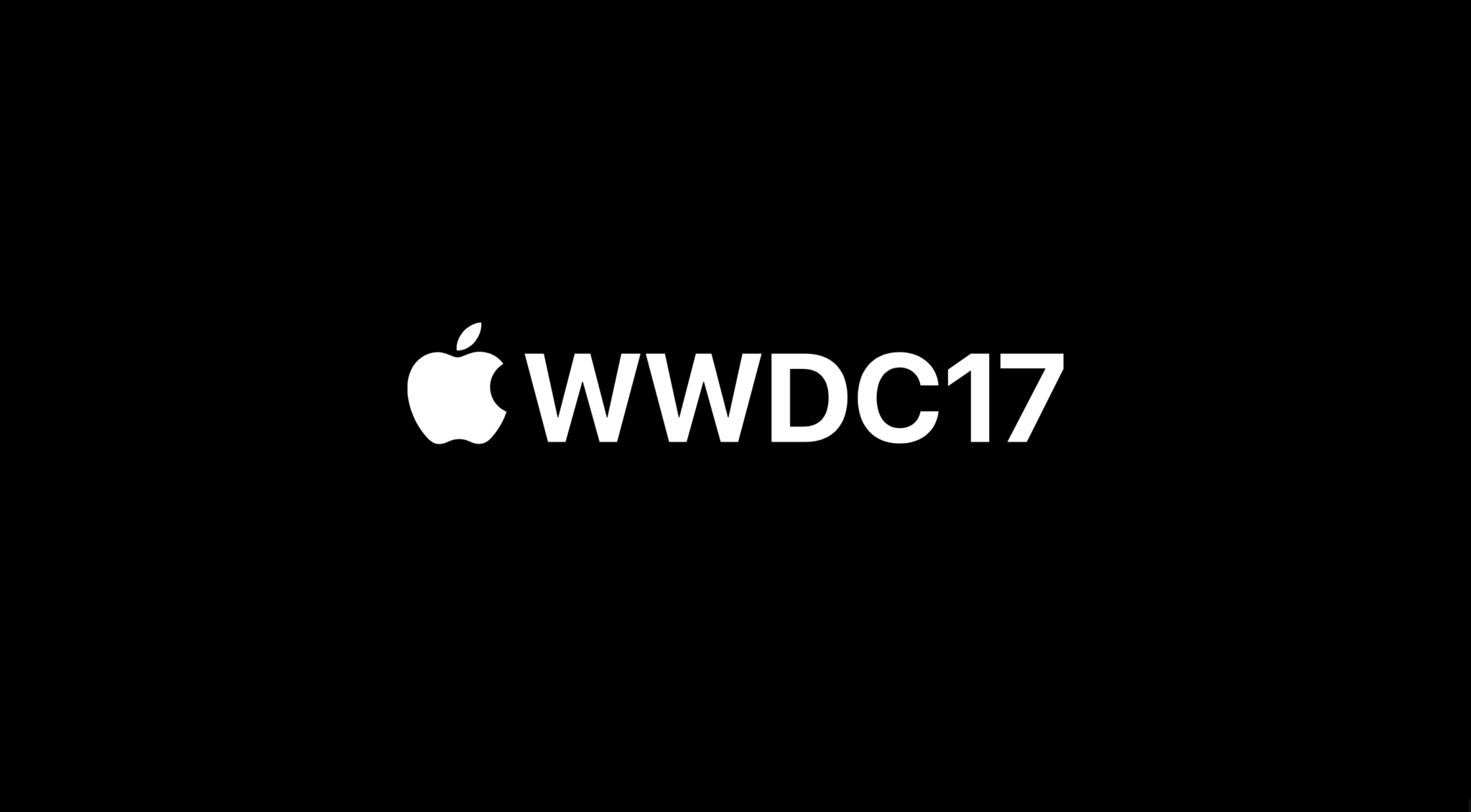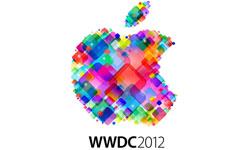[caption id="attachment_142113" align="aligncenter" width="3328"]

WWDC 2017[/caption] WWDC is just about over. As we look back at what Apple brought us this year, a few standout submissions are paving the path to 2018. For the first time in years, WWDC felt like a developer’s conference, through and through. That’s not to say WWDC is every anything
but a developer’s conference, but the past few years (at least) have had a decidedly consumer framing. While services like Apple Music or Notes are amazing for users, they (at least on launch for Music) had no avenue for developers to explore. In 2017, the synergy was quite different. A redesigned App Store will have new product pages that serve as landing destinations rather than download conduits, and Apple Music now has an API for developers to take advantage of. Even the wholly redesigned iOS for iPad has incredible features developers have been given immediate access to. And Apple updated just about every major API or service it offers.
SiriKit has new features, and the company is starting to make Swift Playgrounds a major platform for educators and learners alike.
ARKit is an exciting new toolkit for augmented reality, and
Core ML is Apple’s method for encouraging developers to use machine learning in their apps. [caption id="attachment_142053" align="aligncenter" width="3443"]

ARKit at WWDC 2017[/caption] Apple's two major platforms for developers – Xcode and Swift – saw massive updates at this year's WWDC conference. The improvements will likely please developers. Swift 3 and 4 can work in tandem, and the auto-update features with regard to APIs and SDK are non-abrasive; even something as simple as
Strings got some much-needed attention. The lattermost now appreciates graphene clusters as single characters, which is handy for widespread emoji use. Apple also built multi-line String literals into Swift 4. Like the
*/ feature for multi-line comments, a triple-quote (“””) can now be used for multi-line strings. Apple also revamped another simple feature, Dictionaries. Developers can now create dictionaries from a series of tuples, which can be filtered and mapped into new objects of the original type. A huge new feature in Swift is a
Codable protocol, which lets you serialize (and deserialize) data without writing any fussy, custom code. The big gain here is parsing JSON data; before
Codable arrived, Swift and JSON had a rocky relationship. The encoder for this feature is built into Swift 4, though some features are still in the works, so don’t lean into it too hard just yet. Xcode 9 also made a huge step forward. It checks many wishlist items for developers, including wireless testing of apps. Developers can now forgo USB cables so long as the target device and device running Xcode are on the same WiFi network. Xcode server is also built right into Xcode with version 9. This will help with continuous integration, and lets developers sidestep the fussy Xcode Server app. Two new huge features will affect just about every developer: refactoring and source control. When you select a property name in Xcode 9, it shows you everywhere else it’s referenced in your codebase – and changing it’s name once will change it everywhere. This is a
huge feature for those with large codebases. [caption id="attachment_142021" align="aligncenter" width="4032"]

HomePod[/caption] Source control is now a bit more integrated with our favorite source: GitHub. Within Xcode, a new navigator allows better support for GitHub accounts and repositories. On the GitHub website, a new “open in Xcode” button will let developers do just that. In many ways, it’s as if GitHub and Xcode work in tandem with very little overhead interference. This was all on top of the normal talk of new versions of iOS, macOS and watchOS. Consumers also had enough to get excited about with
HomePod and Amazon Prime Video coming to Apple TV. But even the biggest hardware announcement was pointed to developers. The iMac Pro is a substantial addition to the lineup, and possibly a more attractive version of the virtually defunct Mac Pro; developers will appreciate the power under the iMac Pro's hood, which could help build resource-intensive things like VR games. While end-users will always get what they need from Apple, developers have felt a bit disregarded of late. At this year’s WWDC, Apple focused on the latter, and invested heavily in adding tools and fixing developer issues. In querying various developers in attendance, a common refrain was the word “finally.” Apple
finally fixed a bug, or
finally added a feature. We even got things we weren’t expecting, like tighter GitHub integration. For the first time in awhile, the developer was front-and-center at a WWDC.
 WWDC 2017[/caption] WWDC is just about over. As we look back at what Apple brought us this year, a few standout submissions are paving the path to 2018. For the first time in years, WWDC felt like a developer’s conference, through and through. That’s not to say WWDC is every anything but a developer’s conference, but the past few years (at least) have had a decidedly consumer framing. While services like Apple Music or Notes are amazing for users, they (at least on launch for Music) had no avenue for developers to explore. In 2017, the synergy was quite different. A redesigned App Store will have new product pages that serve as landing destinations rather than download conduits, and Apple Music now has an API for developers to take advantage of. Even the wholly redesigned iOS for iPad has incredible features developers have been given immediate access to. And Apple updated just about every major API or service it offers. SiriKit has new features, and the company is starting to make Swift Playgrounds a major platform for educators and learners alike. ARKit is an exciting new toolkit for augmented reality, and Core ML is Apple’s method for encouraging developers to use machine learning in their apps. [caption id="attachment_142053" align="aligncenter" width="3443"]
WWDC 2017[/caption] WWDC is just about over. As we look back at what Apple brought us this year, a few standout submissions are paving the path to 2018. For the first time in years, WWDC felt like a developer’s conference, through and through. That’s not to say WWDC is every anything but a developer’s conference, but the past few years (at least) have had a decidedly consumer framing. While services like Apple Music or Notes are amazing for users, they (at least on launch for Music) had no avenue for developers to explore. In 2017, the synergy was quite different. A redesigned App Store will have new product pages that serve as landing destinations rather than download conduits, and Apple Music now has an API for developers to take advantage of. Even the wholly redesigned iOS for iPad has incredible features developers have been given immediate access to. And Apple updated just about every major API or service it offers. SiriKit has new features, and the company is starting to make Swift Playgrounds a major platform for educators and learners alike. ARKit is an exciting new toolkit for augmented reality, and Core ML is Apple’s method for encouraging developers to use machine learning in their apps. [caption id="attachment_142053" align="aligncenter" width="3443"]  ARKit at WWDC 2017[/caption] Apple's two major platforms for developers – Xcode and Swift – saw massive updates at this year's WWDC conference. The improvements will likely please developers. Swift 3 and 4 can work in tandem, and the auto-update features with regard to APIs and SDK are non-abrasive; even something as simple as
ARKit at WWDC 2017[/caption] Apple's two major platforms for developers – Xcode and Swift – saw massive updates at this year's WWDC conference. The improvements will likely please developers. Swift 3 and 4 can work in tandem, and the auto-update features with regard to APIs and SDK are non-abrasive; even something as simple as  HomePod[/caption] Source control is now a bit more integrated with our favorite source: GitHub. Within Xcode, a new navigator allows better support for GitHub accounts and repositories. On the GitHub website, a new “open in Xcode” button will let developers do just that. In many ways, it’s as if GitHub and Xcode work in tandem with very little overhead interference. This was all on top of the normal talk of new versions of iOS, macOS and watchOS. Consumers also had enough to get excited about with HomePod and Amazon Prime Video coming to Apple TV. But even the biggest hardware announcement was pointed to developers. The iMac Pro is a substantial addition to the lineup, and possibly a more attractive version of the virtually defunct Mac Pro; developers will appreciate the power under the iMac Pro's hood, which could help build resource-intensive things like VR games. While end-users will always get what they need from Apple, developers have felt a bit disregarded of late. At this year’s WWDC, Apple focused on the latter, and invested heavily in adding tools and fixing developer issues. In querying various developers in attendance, a common refrain was the word “finally.” Apple finally fixed a bug, or finally added a feature. We even got things we weren’t expecting, like tighter GitHub integration. For the first time in awhile, the developer was front-and-center at a WWDC.
HomePod[/caption] Source control is now a bit more integrated with our favorite source: GitHub. Within Xcode, a new navigator allows better support for GitHub accounts and repositories. On the GitHub website, a new “open in Xcode” button will let developers do just that. In many ways, it’s as if GitHub and Xcode work in tandem with very little overhead interference. This was all on top of the normal talk of new versions of iOS, macOS and watchOS. Consumers also had enough to get excited about with HomePod and Amazon Prime Video coming to Apple TV. But even the biggest hardware announcement was pointed to developers. The iMac Pro is a substantial addition to the lineup, and possibly a more attractive version of the virtually defunct Mac Pro; developers will appreciate the power under the iMac Pro's hood, which could help build resource-intensive things like VR games. While end-users will always get what they need from Apple, developers have felt a bit disregarded of late. At this year’s WWDC, Apple focused on the latter, and invested heavily in adding tools and fixing developer issues. In querying various developers in attendance, a common refrain was the word “finally.” Apple finally fixed a bug, or finally added a feature. We even got things we weren’t expecting, like tighter GitHub integration. For the first time in awhile, the developer was front-and-center at a WWDC. 


